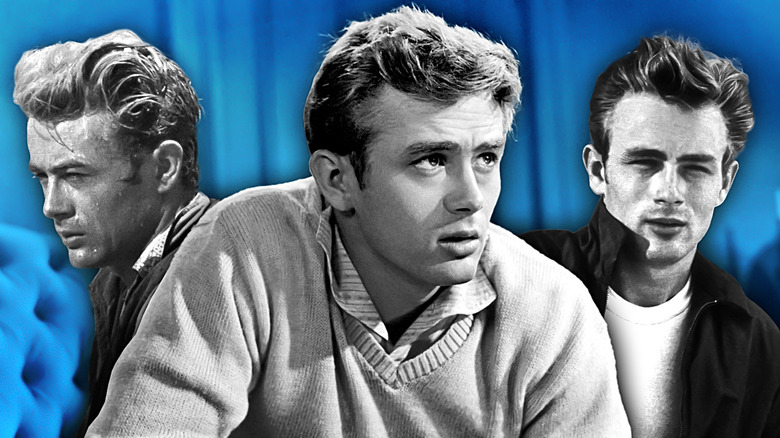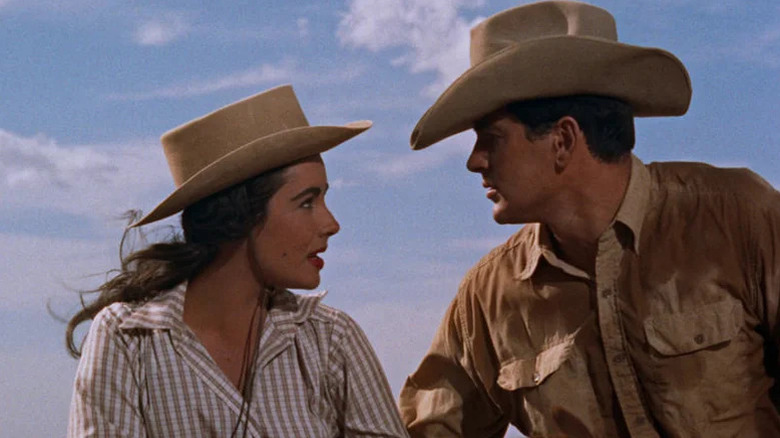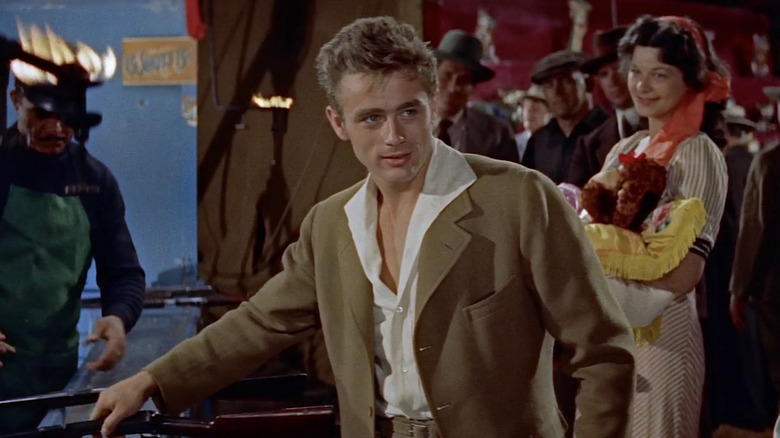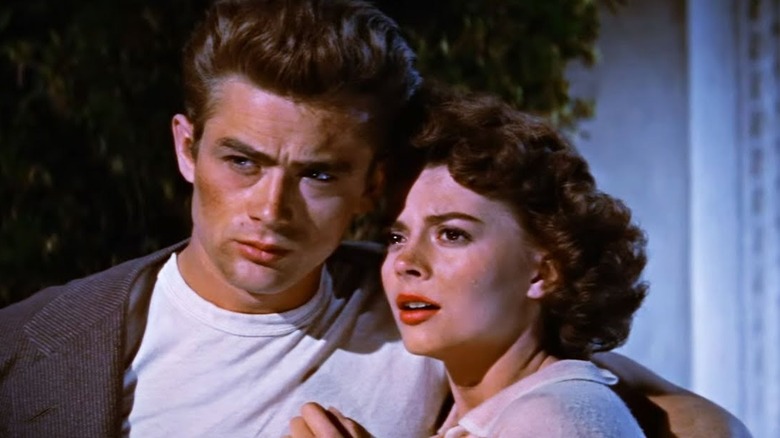Since James Dean’s life was tragically reduce quick in a automobile accident when he was solely 24 years outdated, he solely ended up starring in three motion pictures. Be that as it could, all three movies has left an indelible mark on widespread tradition. Along with his slim eyes and a cigarette dangling from his pursed lips, mixed with the tight denims and white shirts bursting from his wiry body, Dean shortly created a brooding mystique that at all times appeared destined for Hollywood infamy.
Dean himself was a Methodology actor dangerous boy within the vein of Marlon Brando, although much less brutish and extra melancholic and delicate. Beneath his tough-guy exterior, Dean additionally carried an interior weight that made his performances so achingly susceptible. He was a good-looking, tragic hero with a world-weary maturity who not solely captivated Nineteen Fifties audiences, however generations of moviegoers that adopted as nicely. Let’s rank the three motion pictures that made him such a star.
3. Large (1956)
Because the title signifies, George Stevens’ “Large” is a sprawling, over three-hour epic a few rich Texas rancher and new spouse, an East Coast aristocrat, who has issue assimilating to her new rural environment. The movie buckles underneath the load of its size and cleaning soap opera-style melodramatics as we observe the tensions between cattle ranchers and oil barons throughout a long time.
Whereas we could also be greatly surprised by the star energy of Rock Hudson and Elizabeth Taylor as Leslie and Jordan Benedict, the story of a billionaire vying for his land and hungry for extra is a nap — particularly contemplating the category divide these days. Dean, in the meantime, is barely in “Large” as a poor ranch hand who finds a fortune in oil, however he creates a memorable character with a youthful optimism who can’t overcome his emotional demons.
What “Large” does nicely, and why /Movie author Danielle Ryan considers it top-of-the-line motion pictures set in Texas, is its depiction of racial stress amongst the Mexican and American characters, notably when the Benedicts have a biracial grandchild.
2. East of Eden (1955)
Directed by Elia Kazan, “East of Eden” relies on John Steinbeck’s novel and the Bible story of Cain and Abel. In 1910s California, Cal and Aron are a pair of aggressive brothers who uncover a secret about their mom that shatters their household.
Dean has an depth that leaps off the display right here, one which feels much more potent than in “Insurgent With no Trigger.” Within the scenes along with his father, Adam, Cal’s complete being vibrates with desperation for simply an oz. of the patriarch’s love and respect. We are able to additionally see the wounded little boy that lives within Cal and continually seeks approval. This stress fully soften away from Dean’s physicality in the course of the scenes with Abra, who represents a risk of pure love for Cal.
Visually, “East of Eden” has a nostalgic tenderness and sweetness, particularly within the sun-drenched exteriors of a flower-filled discipline and the colourful nighttime carnival scenes. This lyrical drama particulars household dynamics and feelings which are as outdated as human historical past itself.
1. Insurgent With no Trigger (1955)
“Insurgent With no Trigger” turned iconic as a result of it was one of many first movies to take the conflicts of youngsters severely. The movie follows Jim, Judy, and Plato, all teenagers who’re combating their dad and mom’ emotional abandonment and feeling misplaced. The movie’s three younger actors — Dean, Natalie Wooden, and Sal Mineo — all ship electrical performances. They’ve a mix of harmless fragility and heavy-heartedness that’s fascinating to look at.
Dean, particularly, articulates the frustration that comes with changing into an grownup and attempting to know the era that got here earlier than you. He’s at his most gripping in the course of the scene when Jim begs his father and mom, “You, you say one factor, he says one other, and all people modifications again once more!” Dean’s efficiency, and the complete movie itself, expresses that uncooked confusion of being younger when your feelings really feel overwhelming, the load of the world appears too heavy, and your future appears bleak.
Director Nicholas Ray’s use of Technicolor makes the cinematography pop simply as a lot because the feelings — from the brilliant reds of Dean’s jacket and the shine of the recent rods to the Los Angeles cityscape considered from the highest of the Griffith Observatory. “Insurgent With no Trigger” could completely seize the Nineteen Fifties zeitgeist, however its depiction of teenage resistance and disillusionment nonetheless resonates immediately. It is an undeniably daring movie with so much to say and calls for to face out. That Dean will eternally be an emblem of rebellious youth due to “Insurgent With no Trigger” stays an attractive, merciless irony.



